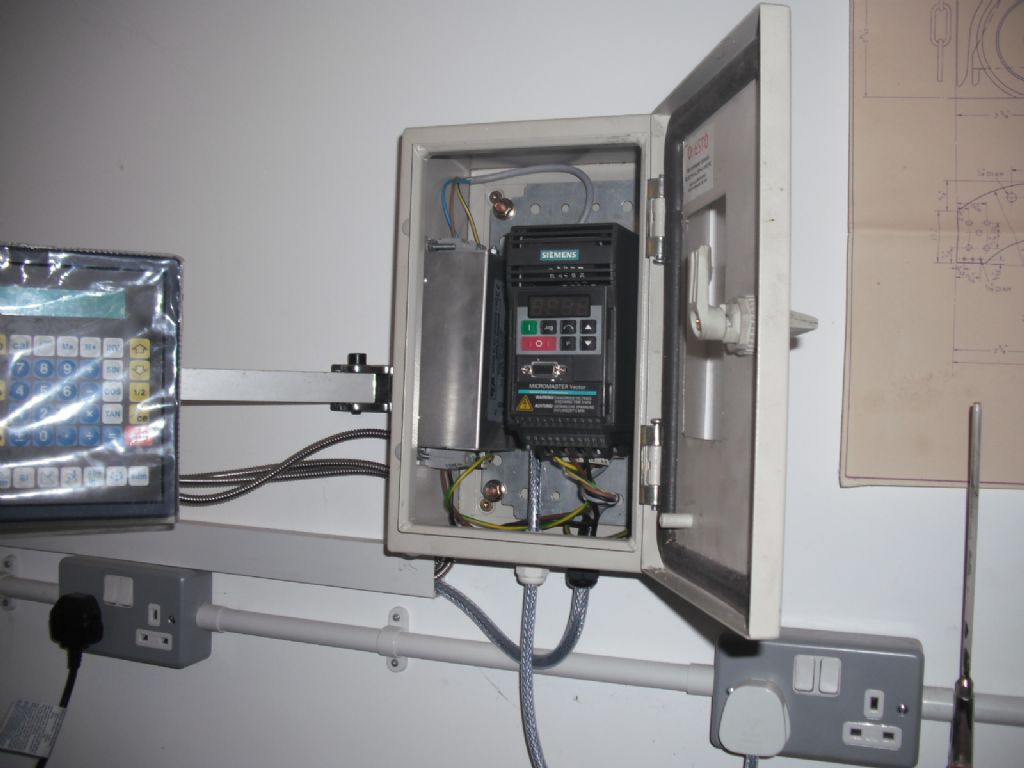Confusion galore about earthing cable shields, but I think I can offer a rational explanation.
First, remember earthing is done for two different reasons:
- For electrical safety, mostly in power circuits.
- To ground unwanted electrical currents, mostly in signal circuits, but also to prevent interference.
As earthing is done for different reasons the engineering solution can be expected to vary. There is no one size fits all.
Wiring up a motor, reason 1 is top-priority and SY cable with its steel mesh shield is a reasonable choice. It's purpose is to add strength if the cable is suspended, to protect against casual physical damage, to inhibit radiation, and it can be earthed as part of a safety system. I wouldn't rely on the shield as a safety earth on it's own because it's prone to rust and has low current capacity. But because SY cable is primarily part of a power system, the shield should normally be earthed at both ends. The main concern is electrical safety.
At this point Reason 2 intrudes. A VFD works by generating and manipulating high-frequency pulses. Although the output waveform is good enough to fool the motor that it's being fed ordinary low frequency 3-phase AC, zooming in reveals the waveform is actually built from high frequency AC. Unfortunately the high-frequency component behaves as a radio wave that can cause chaos to nearby radio services, maybe up to a few kilometres away. It's well worth suppressing, and to do this signal rather than power engineering techniques are needed.
An AC current has magnetic and electrical components. As the frequency rises, AC behaves more and more like a radio wave. It's totally unlike well-behaved 50Hz power which stays on the wire. As high-frequency alternating power can leak energy capacitively and inductively the best shielding prevents both:
- A cable shield earthed at one end prevents capacitive coupling but not magnetic. Certainly not a waste of time and useful in some circumstances, but probably not when shielding a VFD to motor cable. However often done in electronics to prevent earth loops (see below)
- A cable shield earthed at both ends will prevent magnetic coupling and capacitive coupling to the outside world because the loop so formed shorts out inductive currents. It blocks both capacitive and magnetic coupling. Usually but not always the best way to stop energy escaping from a cable.
For shielding high frequency AC, shields should be as well-made as possible; ideally a tight copper mesh woven over a copper or aluminium foil wrapper. As this is expensive, SY is a useful compromise for signal shielding despite being steel rather than copper and full of holes. Not perfect, but far better than not bothering! But in a severe case of interference, there is better shielding than SY in the armoury!
Earth loops cause exceptions. They're a serious problem in signal engineering because sensitive electronic amplifiers easily react to tiny voltage differences across a ground-plane that's theoretically all at the same potential. Actually, the ground-plane can be full of unwanted circulating currents. Poor layout causes otherwise correct circuits to malfunction. One way of disrupting earth loops is to only connect signal cable shields at one end. This tactic probably doesn't apply to a VFD though. However, earth loops can also cause difficulty in power distribution systems. It's possible for the ground potential between two buildings to differ enough to cause significant current to flow. In this case a power engineer might also choose to earth shields at one end only.
As a general rule with VFDs and motors, it's probably best to earth both ends of a shielded cable. But read the manual! It's possible that the general rule doesn't apply to a particular machine or a particular VFD, in which case follow the manufacturers instructions. Their recommendation depends on an analysis of radio effects and circulating currents as they apply to their design, and we can only guess if these matter or not.
An uncontroversial way of reducing radiation from a cable is simply to keep it short. A long dangling wire works as an antenna invisibly spraying electronic excreta all over the neighbours! Be aware that not detecting interference in your home absolutely doesn't mean all is well. Maybe Mr Angry in the next street would give you a jolly good kicking if he found out your incompetent wiring was to blame for his years of misery!
For what it's worth, the advice for double shielded cable in signal applications is usually that the inner shield should be earthed at one end only and the outer should be earthed at both. Everybody is right!
Dave
Howard Lewis.





